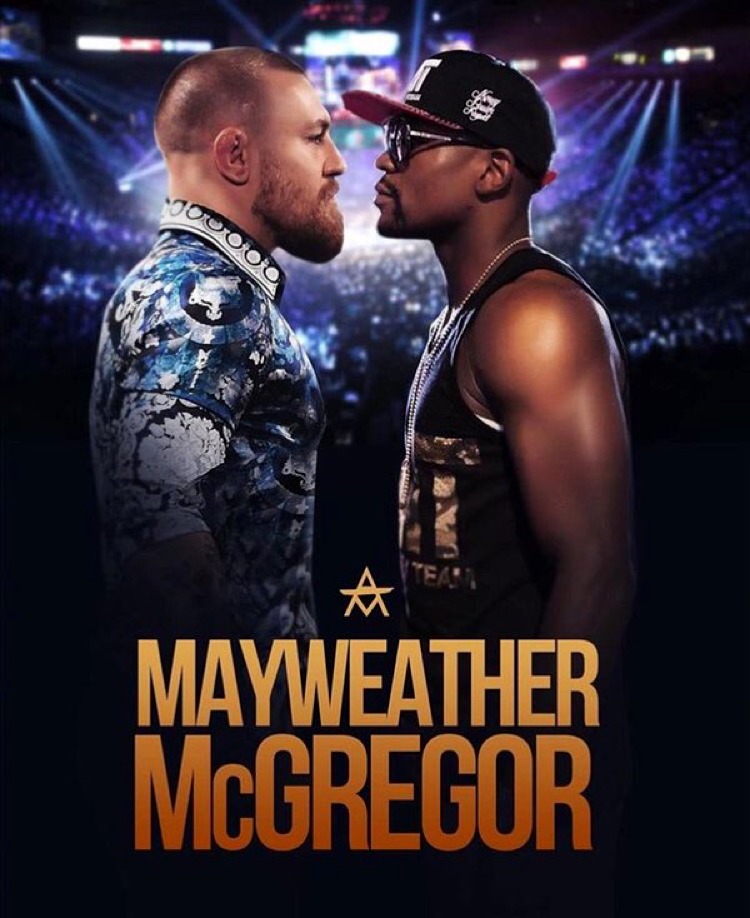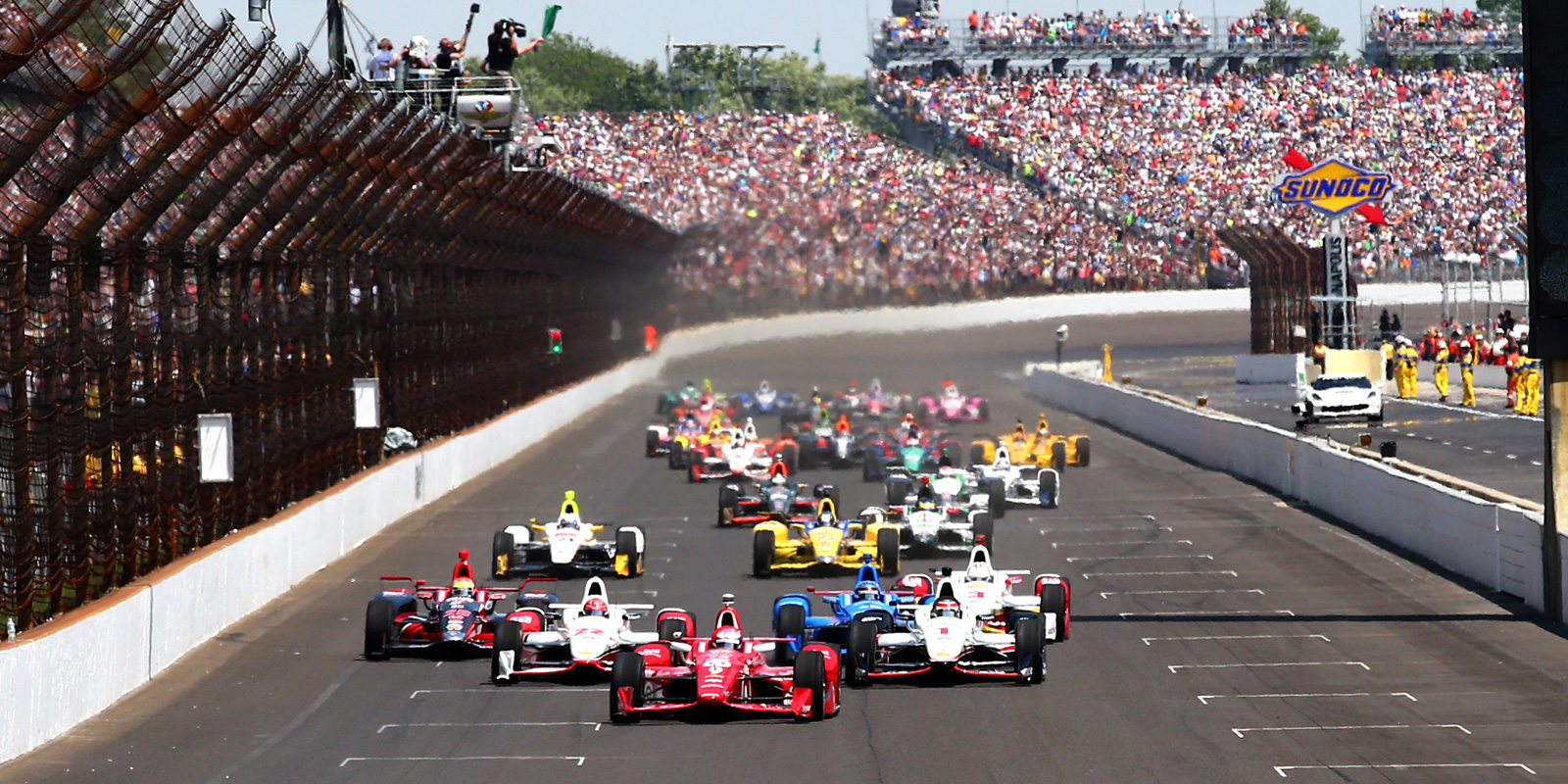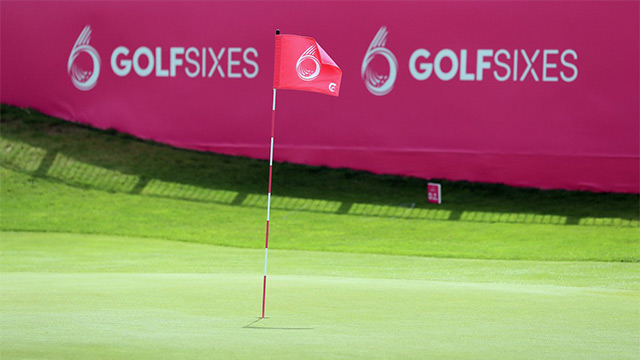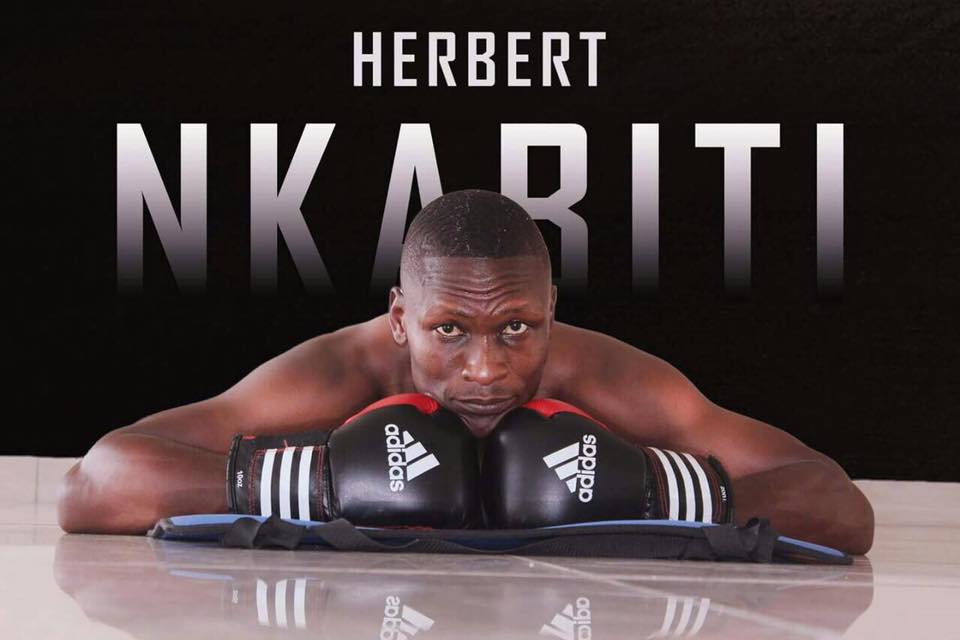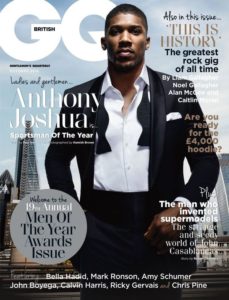It will be the biggest mismatch in boxing history.
Floyd Mayweather jr against Conor McGregor will also be one of the richest, most compelling fights in history.
No sport does weird quite like the sweet science, so while common sense says that the Irishman has no business being in the same room (let alone the same ring) as Mayweather, it’s going to happen.
As humans, we are drawn to car crashes and freak shows. This “fight” has a little of both, blending two outrageous personalities with sharp skills and international renown. Roll up, roll up.
The fact that Mayweather hasn’t signed the deal yet is immaterial. He’s an old hand at drawing things out to suit his interests. He likes to let a big fight marinate – remember the Manny Pacquiao circus – because every week that passes ramps up the interest. And the money that will pour in.
MMayweather’s pursuit of a record 50th consecutive win will have joke written all over it
The remarkable thing is that millions will tune in knowing full well that Mayweather’s pursuit of a record 50th consecutive win will have joke written all over it. The American has a reasonable claim to being one of the top 10 best fighters in history. McGregor, for all his power and marketing shtick, has never had a single professional boxing bout. He couldn’t carry Mayweather’s jock strap.
Those in his corner who claim he has the skills to beat an artist like Mayweather are deluded. Mayweather carved up world-class boxers like Canelo Alvarez and Ricky Hatton. He’d hardly have trouble with a wannabe like McGregor.
South African Chris van Heerden sparred with McGregor last year. He wasn’t impressed. The short video clip that emerged showed a raw fighter with his hands held low – meat and drink for an instinctive hitter like Mayweather. Van Heerden is nowhere near the class of a Mayweather, but he had few problems putting the MMA fighter in his place.
McGregor can fight, but in an octagon rather than a boxing ring. He has excellent striking skills and hand speed, but you need more than that to overcome a slick, streetwise operator like Mayweather.
The only reason it has come to this is because Mayweather ran out of opposition in boxing. He beat everyone there was to beat and although there has been a clamour for him to fight Gennady Golovkin, the Kazakh is a middleweight and far too big. It would also carry a real risk of damaging Mayweather’s legacy because Golovkin hurts people.
There are a couple of promising youngsters around, but Mayweather is all about the money and such fights wouldn’t generate the $100-million or so he expects at this stage of his career. That he is “retired” is immaterial. You can count the boxers who stay retired on one hand. The lure of the ring never goes away. Many hang about far too long.
The only way this contest could have a “fair” dimension would be if McGregor had a return clause in his contract – but for an MMA fight. Of course he’d win that because Mayweather wouldn’t have a clue how to add the other fundamentals to mixed martial arts. Plus, McGregor is a beast in the cage where he has built up to become an unimaginably big figure in the public consciousness.
A few years ago former boxing champion James Toney tried his luck against Ultimate Fighting Championship legend Randy Couture. He was thrashed inside a round, putting a firm lid on any suggestion that he ever stood a chance.
It is impossible to imagine an even remotely entertaining fight between Mayweather and McGregor. The boxer either sparks him early or labours to a dull points win. This, of course, will happen amid an air of fake surprise.
For all Mayweather’s pure skill, his single greatest talent has been whipping the fans up. Unlike Tommy Hearns, Roberto Duran or Mike Tyson, he’s never been an electric fighter with one-punch power. He’s all about the show, a smoke and mirrors merchant who talks a good game better than he delivers.
He’s never gone life and death, so to speak, with an opponent, or had memorable wars with anyone.
Fighting McGregor in what amounts to a circus may get the cash tills ringing, but it won’t quicken the pulse. – © Sunday Tribune

